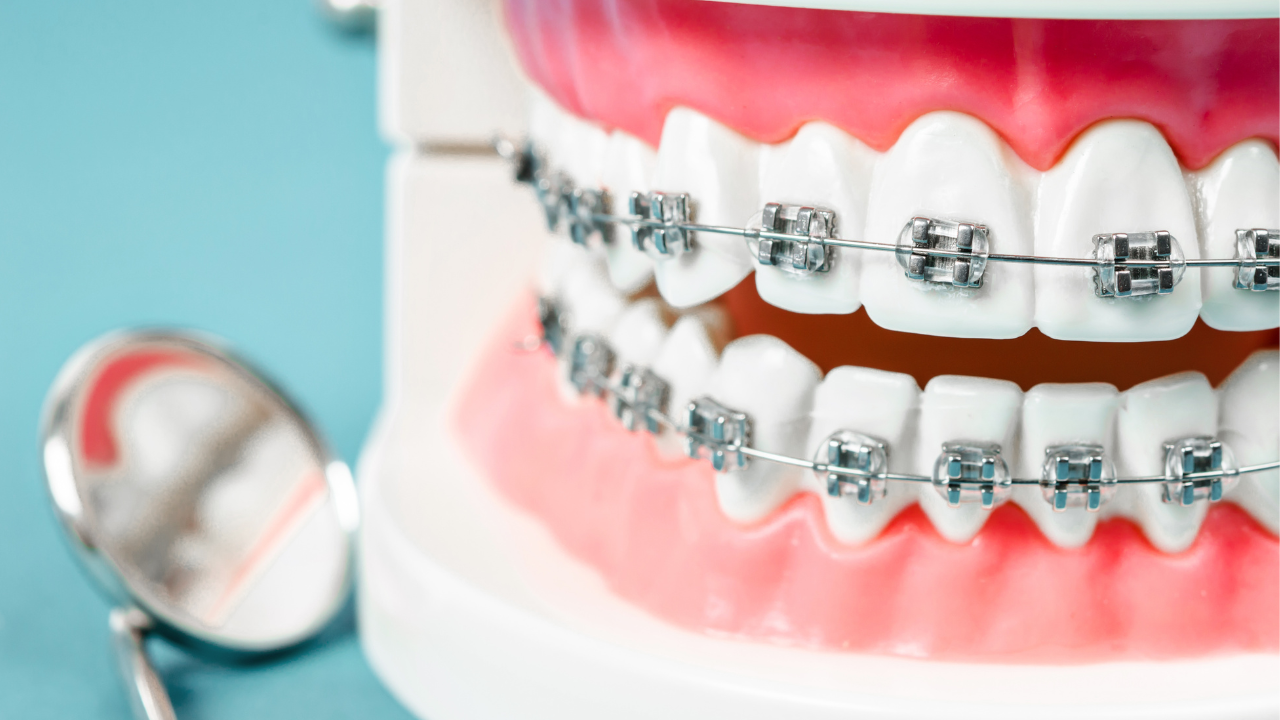Understanding what teeth are made of is not just a matter of knowledge, but a key to your own dental health. Teeth are complex structures composed of different parts, each with its unique function. As a dentist with 8 years of experience, I can’t stress enough how understanding the composition of teeth empowers you to take care of them. By knowing what teeth are made of and how they function, you can take proactive steps to maintain good oral hygiene and prevent common dental problems such as cavities [1], gum disease, and tooth decay [2].
Parts of the Human Tooth
Teeth are complex structures that play a crucial role in chewing, speaking, and aesthetics. They are made up of several different parts that work together to provide function and protection.
Crown
The crown is part of the tooth that sticks above the gum line. It’s covered by enamel, the hardest substance in the body, made of hydroxyapatite crystals. The crown helps with biting and grinding food and contributes to the teeth’ overall appearance.
Root
The tooth’s root is embedded in the jawbone and holds the tooth in place. It is covered by cementum and made up of dentin, which is less complicated than enamel. The root provides support and stability to the tooth.
Neck
The neck of the tooth connects the crown and the root and is covered by the gums (gingiva), which protect the tooth and create a seal around it. The gingival sulcus is the junction between the gum and the tooth, a vital defense site against dental issues.
Pulp
The pulp is the soft tissue inside the tooth that contains nerves, blood vessels, and connective tissue. It provides nutrition and sensation to the tooth and is surrounded by dentin for protection. The pulp is also the root canal site for treating dental issues. To put it in perspective, think of the pulp as the heart of the tooth, supplying it with nutrients and keeping it alive.
Human Tooth – Sections and Composition
Let’s take a closer look at the sections and composition of a human tooth.
Enamel
Enamel is the hardest substance in the human body. It covers the tooth’s crown and is 96% mineral. It helps protect the tooth from wear and tear, bacteria, and acid.
Dentin
Dentin is the layer beneath the tooth enamel. It’s softer, supports the enamel, and transmits sensory information to the pulp.
Pulp
The pulp is the soft tissue at the tooth’s center, containing blood vessels, nerves, and connective tissue. Dental issues can inflame or infect it, requiring a root canal to save the tooth.
Cementum
Cementum is a hard, mineralized tissue that covers the tooth root, anchoring it to the bone and providing a surface for the periodontal ligament’s attachment.
Enamel
Enamel is the hardest substance in the human body and protects teeth from damage. Good oral hygiene and the use of fluoride toothpaste keep enamel strong and resistant to decay.
Frequently Asked Questions
What substances contribute to the composition of tooth enamel?
Tooth enamel primarily comprises hydroxyapatite, a mineral of calcium and phosphate ions. This mineral makes enamel the hardest substance in the human body. Contrary to popular belief, enamel is not made of bone. Other substances that contribute to enamel include water, organic material, and trace amounts of other minerals such as fluoride.
How does the mineral content of teeth compare to that of bones?
Teeth, with their high mineral content, are a testament to nature’s design for strength and durability. While teeth and bones both contain minerals such as calcium and phosphate, the mineral content of teeth is much higher than that of bones. Teeth comprise around 96% mineral, while bones are only around 70% mineral. This natural strength and durability should give you confidence in your oral health.
What materials are typically used in the creation of dental prosthetics?
Dental prosthetics, such as dentures, are carefully crafted from materials like acrylic resin, porcelain, or a combination. These materials are chosen not just for their durability and strength, but also for their ability to mimic the appearance of natural teeth. So, rest assured, dental prosthetics are designed with your safety and satisfaction in mind.
Can you explain the role of keratin in the structure of teeth?
Keratin is a protein found in the outer layer of skin, hair, and nails. While keratin is not a major component of teeth, it plays a role in tooth enamel formation. Specifically, keratin helps to regulate the growth and development of enamel-forming cells called ameloblasts.
In what ways are human teeth different from ivory?
Human teeth and ivory are both made of similar materials, such as hydroxyapatite and collagen. However, there are some key differences between the two. For example, human teeth are more complex in their structure and consist of several different layers, while ivory has a simpler structure. Additionally, human teeth are living tissue, while ivory is not.
Are there any similarities between teeth and cartilage in their makeup?
While teeth and cartilage are made of collagen, they differ in mineral content. Teeth are primarily composed of hydroxyapatite, a mineral that gives them their strength. On the other hand, cartilage contains no mineralized tissue. Additionally, teeth are a complex, durable structure, while cartilage is a softer, more flexible tissue.




